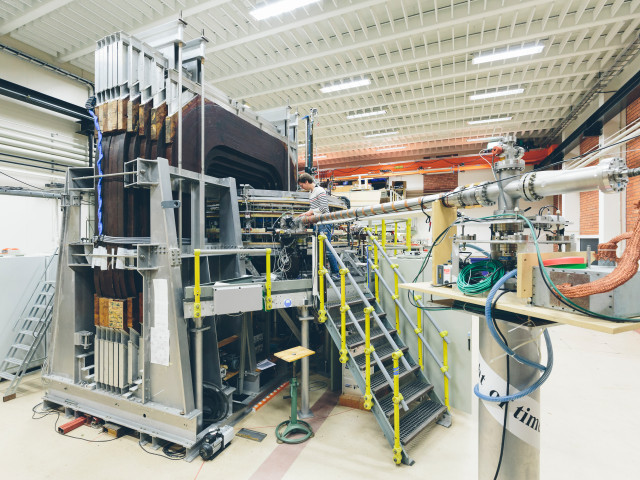The course covers a range of optical measurement techniques, with an emphasis on optical sensors. The structure of the course is based on a general overview with the aim of providing an understanding of basic sensor concepts covering measurement parameters, materials, light sources and detectors. Lectures cover examples and theory with different solutions for specific applications. Laboratory exercises will provide hands-on experience of related topics, with guest speakers from industry presenting the use of optical measurement technology in industrial applications. If possible, on-site company visits will be arranged.
Specifically, the course covers the following topics:
Basic knowledge of light sources, detectors and detection techniques. Optical measurements with non-classical light sources. Knowledge of basic principles of optical fiber sensors, as well as manufacturing and handling. Analysis of optical fiber sensors the transfer matrix method. Interferometric sensors for temperature and strain detection, distance and rotation measurements. Absorption, Raman and fluorescence spectroscopy.
